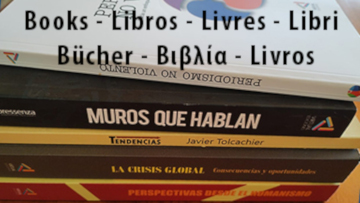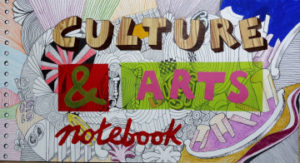As I scroll through my phone, absorbing the relentless updates about the Iran-Israel conflict, I’m confronted by images that blur the line between reality and simulation. Towering buildings reduced to rubble, missiles streaking across skies like something out of a video game, fires burning with Hollywood-level intensity – these visions are so extreme they trigger a disturbing cognitive dissonance. Is this authentic documentation of war, or sophisticated AI-generated propaganda? My confusion deepens when I see how these tragedies become fodder for internet memes, how human suffering gets repackaged as shareable content. This transformation of destruction into entertainment reveals something fundamental about our species.
Beneath the thin veneer of modernity, humanity remains as bloodthirsty as our ancient ancestors. We pay lip service to noble concepts like human rights and justice while secretly reveling in the suffering of those we designate as enemies. The Roman Colosseum has been replaced by the smartphone screen, but our appetite for violence remains unchanged. We still divide the world into tribes and cheer when “our side” delivers destruction, conveniently forgetting that the casualties include children, the elderly, the innocent. History’s parade of conquerors – from Genghis Khan to Napoleon – should have taught us the futility of this cycle, yet here we are, repeating the same patterns with more sophisticated weapons.
This persistent bloodlust stems from how we’re programmed from birth. A newborn enters the world as a blank slate, but society immediately begins imprinting divisions. A Muslim baby hears the azan whispered in their ear, marking them as part of a tribe. A future soldier grows up saluting a flag before they can even read. Our five senses constantly absorb these signals, shaping our worldview in ways we rarely examine. Feed a mind endless images of “the enemy,” and violence becomes inevitable. Nurture it with stories of shared humanity, and peace becomes possible. Yet globally, our systems emphasize division over connection.
Nowhere is this failure more apparent than in our education systems. Designed during colonial eras to produce obedient functionaries, they continue churning out technically proficient but ethically stunted professionals. Medical students memorize every bone in the body but spend little time contemplating the Hippocratic Oath’s true meaning. Engineering programs teach students how to build without asking what they should build. We’re creating generations of experts who can solve complex equations but can’t answer simple questions about human dignity. The result is a world full of brilliant minds that can design devastating weapons but can’t imagine alternatives to war.
The solution requires more than superficial changes. We can’t simply put new labels on old hatreds or cover systemic rot with performative activism. Real change demands uprooting the structures that perpetuate division. We need education systems that prize wisdom alongside knowledge, that teach students to question inherited prejudices. We need media literacy to help people distinguish between manipulation and truth. Most importantly, we need the courage to confront our own capacity for violence, to recognize that the enemy isn’t some foreign “other,” but the part of ourselves that still cheers when the gladiator falls.
Until we undertake this difficult work, our phones will keep delivering the same horrific images, and we’ll keep consuming them with the same disturbing mix of horror and fascination. The technology has changed, but the underlying truth remains: civilization is still just a thin disguise for our ancient thirst for destruction. We may have traded stone amphitheaters for digital ones, but the bloodsport continues. The real question isn’t whether these images are real or AI-generated – it’s why we can’t tell the difference anymore, and why we keep watching either way.






